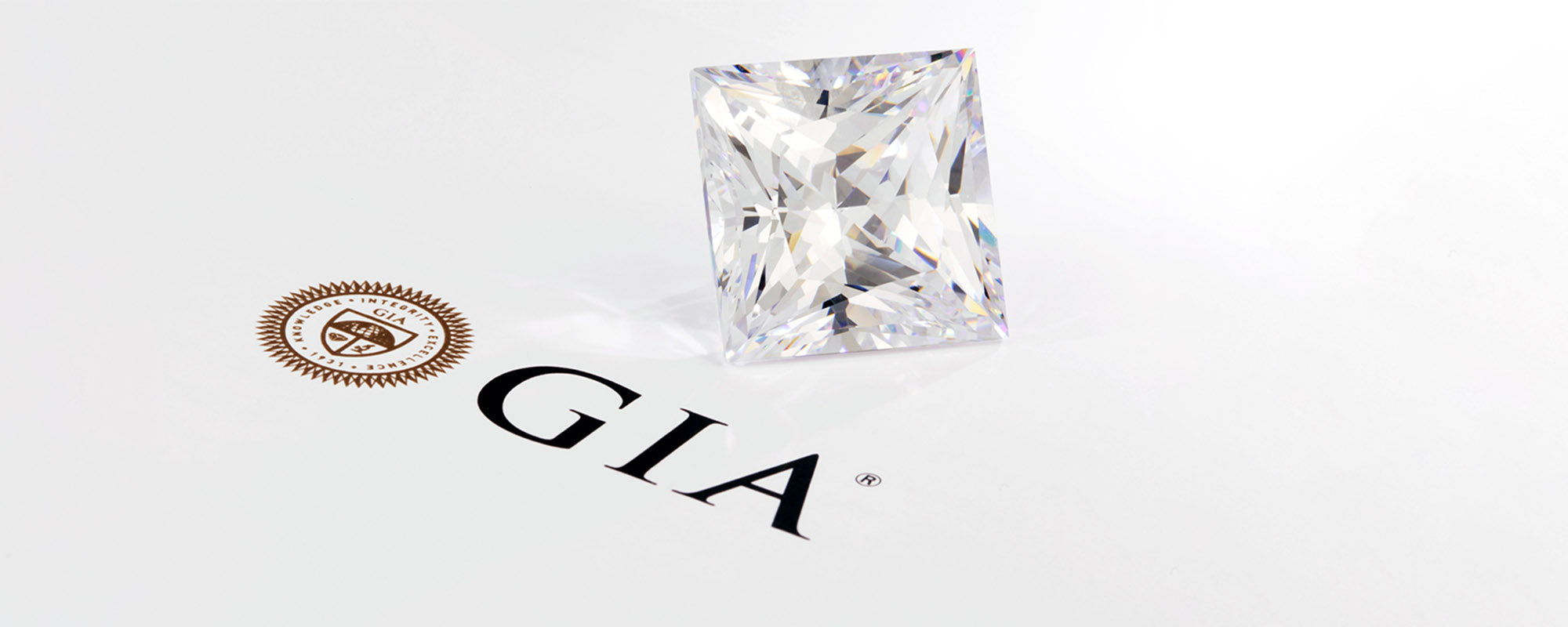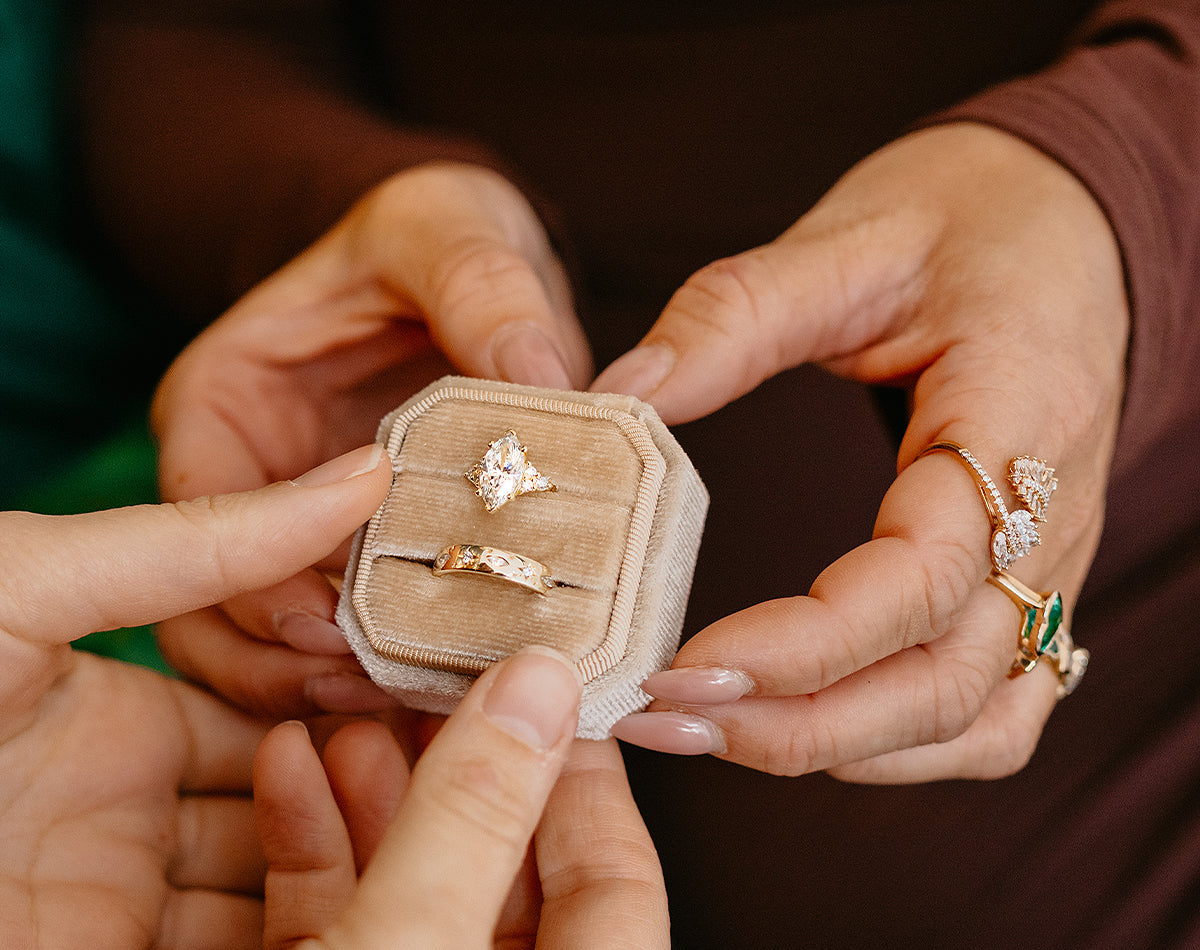
Understanding GIA's New Grading System for Lab-Grown Diamonds: A Shift in the Industry
The diamond industry is undergoing significant changes, particularly with the rise of lab-grown diamonds. The Gemological Institute of America (GIA), a leading authority in gemology, has recently announced a major shift in how it grades lab-grown diamonds. This change moves away from the traditional 4Cs diamond grading system—cut, color, clarity, and carat weight—and introduces a new classification system of just “Standard” and “Premium” when it comes to lab-grown diamonds.
The Traditional 4Cs Grading System
For decades, the 4Cs have been the standard for evaluating natural diamonds. This system provides a comprehensive assessment of a diamond's quality:
- Cut: The proportions, symmetry, and polish of the diamond.
- Colour: The absence of colour, graded from D (colourless) to Z (light yellow or brown).
- Clarity: The presence of internal or external imperfections, known as inclusions and blemishes.
- Carat Weight: The weight of the diamond, which correlates with size.
These criteria have helped consumers assess the quality and value of natural diamonds.
GIA's New Approach to Lab-Grown Diamonds
In response to the growing popularity of lab-grown diamonds, GIA has decided to discontinue the 4Cs grading system for these stones. Instead, lab-grown diamonds will be categorized into two primary classifications: “Standard” and “Premium”.
- Premium: Lab-grown diamonds that exhibit high-quality characteristics.
- Standard: Lab-grown diamonds that meet basic quality standards.
Diamonds that do not meet these classifications may not receive a grade at all. This change aims to provide clearer information to consumers and reflect the differences between natural and lab-grown diamonds.
Implications for Consumers and the Industry
This shift in grading has several implications:
- Transparency: Consumers may find it more challenging to compare lab-grown diamonds with natural ones, as the familiar 4Cs grading system will no longer apply.
- Market Perception: The new classification system might affect how lab-grown diamonds are perceived in terms of value and quality.
- Educational Efforts: There will be a need for increased consumer education to understand the new grading system and its significance.
While lab-grown diamonds have their place in the fashion jewellery market, natural diamonds continue to hold a unique place in the market due to their rarity and the traditional 4Cs grading system. This change by GIA underscores the evolving nature of the diamond industry and the need for both consumers and professionals to stay informed.
Conclusion
GIA's decision to revise its grading system for lab-grown diamonds marks a significant development in the gemmological field. While this change aims to enhance clarity and transparency, it also highlights the distinctiveness of natural diamonds. As the industry adapts to these changes, consumers are encouraged to seek information and understand the nuances between lab-grown and natural diamonds to make informed decisions.
Share

